Home>Furniture & Design>Interior Design Trends>Who Invented The First Crude Microscope By Grinding Glass


Interior Design Trends
Who Invented The First Crude Microscope By Grinding Glass
Published: February 4, 2024
Discover the history of the first crude microscope and its invention through grinding glass. Explore the latest interior design trends and innovations.
(Many of the links in this article redirect to a specific reviewed product. Your purchase of these products through affiliate links helps to generate commission for Storables.com, at no extra cost. Learn more)
Introduction
The invention of the microscope marked a pivotal moment in the history of science and technology. This groundbreaking tool has enabled humanity to delve into the intricate and mesmerizing world of the microscopic, unveiling a realm that was previously hidden from the naked eye. The journey of the microscope's evolution is a testament to human curiosity, ingenuity, and relentless pursuit of knowledge.
From the humble beginnings of the first crude microscope to the sophisticated and powerful instruments of today, the microscope has played a profound role in shaping our understanding of the natural world. Its impact extends across various fields, including biology, medicine, materials science, and beyond, revolutionizing our perception of the universe at both the macroscopic and microscopic levels.
As we embark on a journey to explore the origins of the microscope and the remarkable individuals who contributed to its development, we will uncover the fascinating stories and pivotal moments that have shaped this iconic scientific instrument. Join us as we delve into the captivating history of the microscope, tracing its evolution from a simple yet revolutionary invention to a cornerstone of modern scientific exploration.
Key Takeaways:
- The microscope, invented in the 16th century, revolutionized science by revealing the hidden world of the microscopic, sparking curiosity and shaping our understanding of the natural world.
- Antonie van Leeuwenhoek’s first crude microscope opened a window into the microscopic universe, inspiring scientific exploration and laying the foundation for modern microscopy.
Read more: Who Invented The First Lawnmower
The Origins of the Microscope
The origins of the microscope can be traced back to ancient times when early civilizations marveled at the mysteries of the natural world. While the concept of magnification and observation of tiny objects dates back to the ancient Greeks and Romans, it was not until the 16th century that the first rudimentary microscopes emerged, paving the way for a revolutionary leap in scientific exploration.
During the Renaissance, a period characterized by profound intellectual and artistic advancements, the curiosity about the unseen world intensified. It was in this era that the groundwork for the development of the microscope was laid. The pioneering work of visionaries such as Antonie van Leeuwenhoek and Robert Hooke would later propel the microscope into the forefront of scientific inquiry.
The quest to unravel the mysteries of the microscopic realm spurred inventors and scientists to experiment with lenses and optical devices. The convergence of advancements in glassmaking and lens crafting set the stage for the birth of the microscope. As the lenses became more refined and capable of magnifying tiny objects, the potential for exploring the hidden intricacies of nature became increasingly apparent.
The emergence of the microscope marked a paradigm shift in scientific observation, enabling researchers to venture beyond the limits of human vision and uncover a universe of minuscule wonders. This transformative tool not only expanded the frontiers of scientific knowledge but also sparked a profound shift in the way humanity perceived the natural world.
The journey of the microscope from its nascent stages to the sophisticated instruments of today is a testament to the relentless pursuit of knowledge and the unyielding spirit of exploration. The evolution of the microscope mirrors the evolution of human understanding, illuminating the path from curiosity to discovery and from speculation to empirical observation.
As we delve deeper into the annals of scientific history, the origins of the microscope stand as a testament to the enduring human quest for understanding and the remarkable ingenuity that has propelled us to peer into the infinitesimal realms that shape our existence.
The origins of the microscope represent a pivotal chapter in the story of human progress, laying the foundation for a transformative tool that continues to unveil the hidden marvels of the natural world.
This section will be followed by 'The First Crude Microscope'.
The First Crude Microscope
The first crude microscope, a seminal invention that laid the groundwork for the magnifying instruments of today, emerged during a period of profound scientific curiosity and experimentation. While the exact origins of the first crude microscope are shrouded in the mists of history, it is widely believed that the pioneering work of Dutch tradesman and scientist, Antonie van Leeuwenhoek, played a pivotal role in the development of this transformative tool.
Van Leeuwenhoek, often hailed as the "Father of Microbiology," crafted lenses with unparalleled precision, achieving magnifications that surpassed those of his contemporaries. His meticulous craftsmanship and unwavering dedication to refining optical instruments led to the creation of the first crude microscopes, which opened a window into the hidden world of the microscopic.
These early microscopes, consisting of a single lens held in a metal or wooden frame, allowed van Leeuwenhoek to observe a myriad of tiny organisms and structures that had previously eluded human sight. His groundbreaking observations of microorganisms, blood cells, and other minute entities revolutionized the scientific understanding of the natural world, laying the foundation for the field of microbiology.
The first crude microscopes, though rudimentary by today's standards, represented a monumental leap in scientific exploration. They provided a glimpse into a realm that was previously inaccessible, igniting a fervor for discovery and inquiry that reverberates through the annals of scientific history.
Van Leeuwenhoek's pioneering microscopes, with their unparalleled magnifying capabilities, not only expanded the frontiers of human knowledge but also sparked a profound shift in the way humanity perceived the natural world. The revelation of a hidden universe teeming with life at the microscopic level transformed the scientific landscape, inspiring generations of researchers to delve deeper into the infinitesimal realms that shape our existence.
The first crude microscope stands as a testament to the transformative power of human ingenuity and the unyielding spirit of exploration. Its humble yet revolutionary design laid the groundwork for the evolution of microscopy, propelling the development of increasingly sophisticated instruments that continue to unravel the mysteries of the microscopic world.
As we reflect on the origins of the first crude microscope, we are reminded of the profound impact of this pioneering invention, which forever altered the course of scientific inquiry and reshaped our understanding of the natural world.
This section will be followed by 'Grinding Glass for Microscopy'.
The first crude microscope was invented by Zacharias Janssen and his father Hans in the late 16th century by grinding glass to make lenses.
Grinding Glass for Microscopy
The art of grinding glass for microscopy represents a pivotal chapter in the evolution of the microscope, underscoring the intricate craftsmanship and precision required to produce lenses capable of revealing the hidden wonders of the microscopic world. The process of grinding glass for microscopy is a testament to the fusion of art and science, where meticulous technique and unwavering dedication converge to create lenses that unlock the mysteries of the unseen realm.
In the early days of microscopy, the production of lenses relied on the painstaking process of grinding and polishing glass to achieve the desired optical properties. This intricate craft demanded a profound understanding of the principles of optics and the ability to manipulate glass with unparalleled precision. The artisans tasked with grinding glass for microscopy were entrusted with the extraordinary responsibility of shaping lenses that would unveil the infinitesimal marvels of the natural world.
The process of grinding glass for microscopy commenced with the selection of high-quality glass blanks, chosen for their optical purity and uniformity. These raw materials served as the foundation for the creation of lenses that would ultimately enable researchers to peer into the microscopic realm. The artisans, often equipped with rudimentary tools and an innate understanding of the properties of glass, embarked on the arduous task of shaping and refining the glass blanks into lenses of exceptional clarity and magnifying power.
The grinding process itself was a laborious endeavor, requiring meticulous attention to detail and an unwavering commitment to precision. The artisans employed a series of grinding tools, often consisting of abrasive materials such as sand and emery, to gradually shape the glass blanks into the desired curvature and thickness. This painstaking process demanded patience and expertise, as the artisans meticulously refined the lenses to achieve the optimal optical properties necessary for magnifying tiny objects with unparalleled clarity.
As the grinding process neared its culmination, the artisans transitioned to the delicate art of polishing, further enhancing the optical quality of the lenses. Through the use of fine abrasives and polishing compounds, the artisans meticulously smoothed the surfaces of the lenses, ensuring that they exhibited minimal distortion and maximal light transmission. The culmination of this meticulous process yielded lenses of exceptional quality, capable of unraveling the hidden intricacies of the microscopic world.
The art of grinding glass for microscopy stands as a testament to the remarkable skill and dedication of the artisans who labored to produce lenses that would forever alter the course of scientific exploration. Their unwavering commitment to precision and their profound understanding of the properties of glass propelled the evolution of microscopy, laying the foundation for the transformative tools that continue to shape our understanding of the natural world.
The process of grinding glass for microscopy represents a convergence of artistry and scientific inquiry, where the pursuit of knowledge intertwines with the mastery of craftsmanship. This intricate process, steeped in tradition and innovation, underscores the profound impact of human ingenuity in shaping the tools that have unveiled the hidden wonders of the microscopic realm.
This section will be followed by the end of the article.
Conclusion
The journey through the origins of the microscope, the advent of the first crude microscope, and the art of grinding glass for microscopy unveils a captivating narrative of human ingenuity, curiosity, and relentless pursuit of knowledge. From the ancient yearnings to unravel the mysteries of the unseen world to the transformative inventions that propelled the microscope into the forefront of scientific exploration, the evolution of this iconic instrument stands as a testament to the enduring human quest for understanding.
The microscope, with its humble beginnings and remarkable evolution, has transcended the boundaries of scientific inquiry, reshaping our perception of the natural world and illuminating the infinitesimal wonders that shape our existence. The first crude microscopes, crafted with unparalleled precision by visionaries such as Antonie van Leeuwenhoek, opened a window into a hidden universe teeming with life at the microscopic level, revolutionizing the scientific understanding of the natural world.
The art of grinding glass for microscopy, a meticulous and laborious process that demanded unwavering dedication and expertise, underscored the fusion of art and science in the quest to produce lenses capable of revealing the hidden marvels of the microscopic realm. The artisans entrusted with this extraordinary task shaped the lenses that would forever alter the course of scientific exploration, laying the foundation for the transformative tools that continue to unravel the mysteries of the microscopic world.
As we reflect on the remarkable journey of the microscope, from its nascent stages to the sophisticated instruments of today, we are reminded of the profound impact of human ingenuity and the unyielding spirit of exploration. The microscope has not only expanded the frontiers of scientific knowledge but has also inspired generations of researchers to delve deeper into the infinitesimal realms that shape our understanding of the natural world.
The evolution of the microscope mirrors the evolution of human understanding, illuminating the path from curiosity to discovery and from speculation to empirical observation. It stands as a testament to the transformative power of human ingenuity and the enduring pursuit of knowledge that continues to drive scientific inquiry forward.
In conclusion, the microscope, with its rich history and profound impact, remains an enduring symbol of human curiosity and the remarkable advancements that have reshaped our understanding of the universe, both seen and unseen. As we peer through the lens of the microscope, we are reminded of the boundless potential of human exploration and the remarkable discoveries that await those who dare to venture into the microscopic realm.
Frequently Asked Questions about Who Invented The First Crude Microscope By Grinding Glass
Was this page helpful?
At Storables.com, we guarantee accurate and reliable information. Our content, validated by Expert Board Contributors, is crafted following stringent Editorial Policies. We're committed to providing you with well-researched, expert-backed insights for all your informational needs.
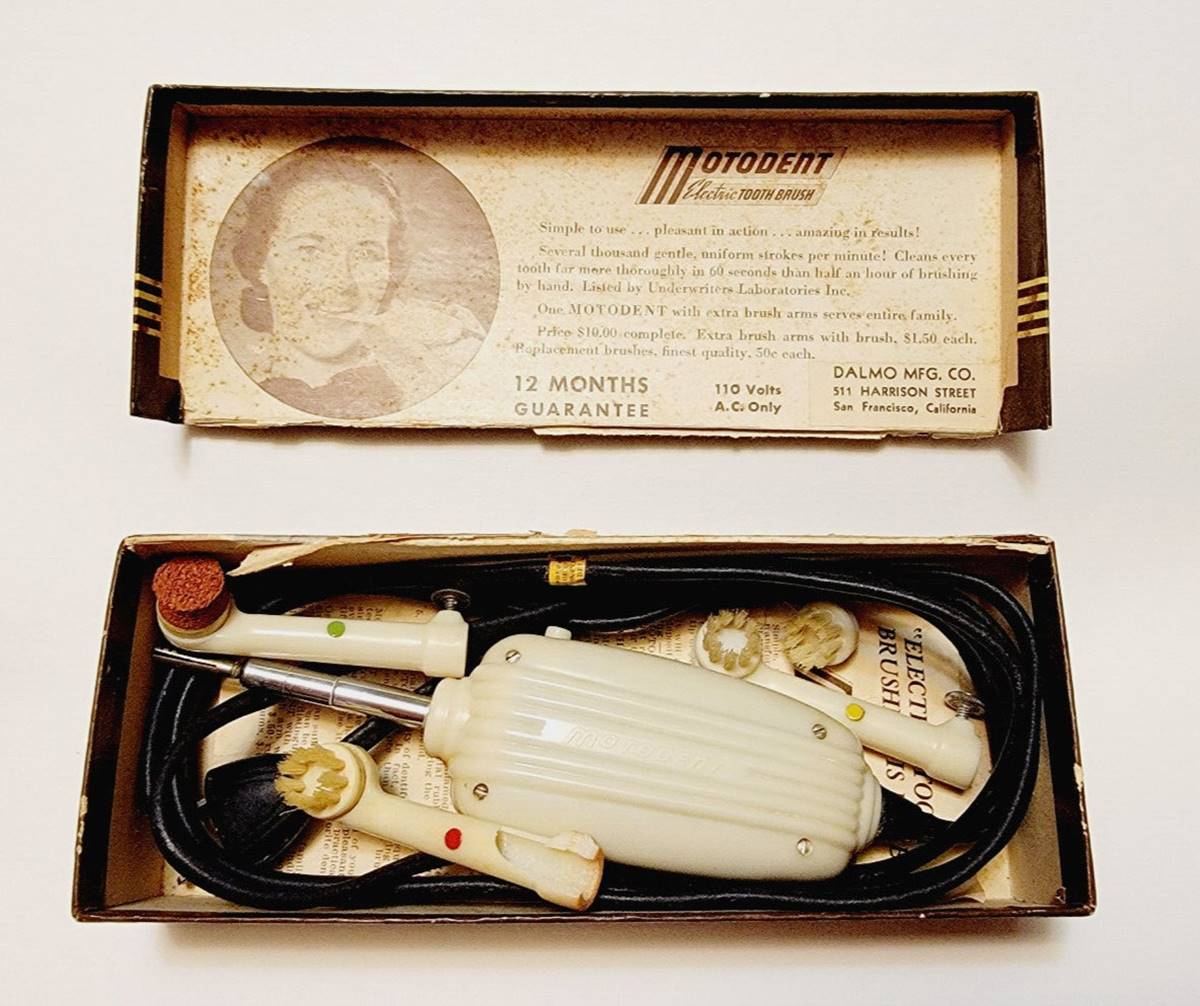

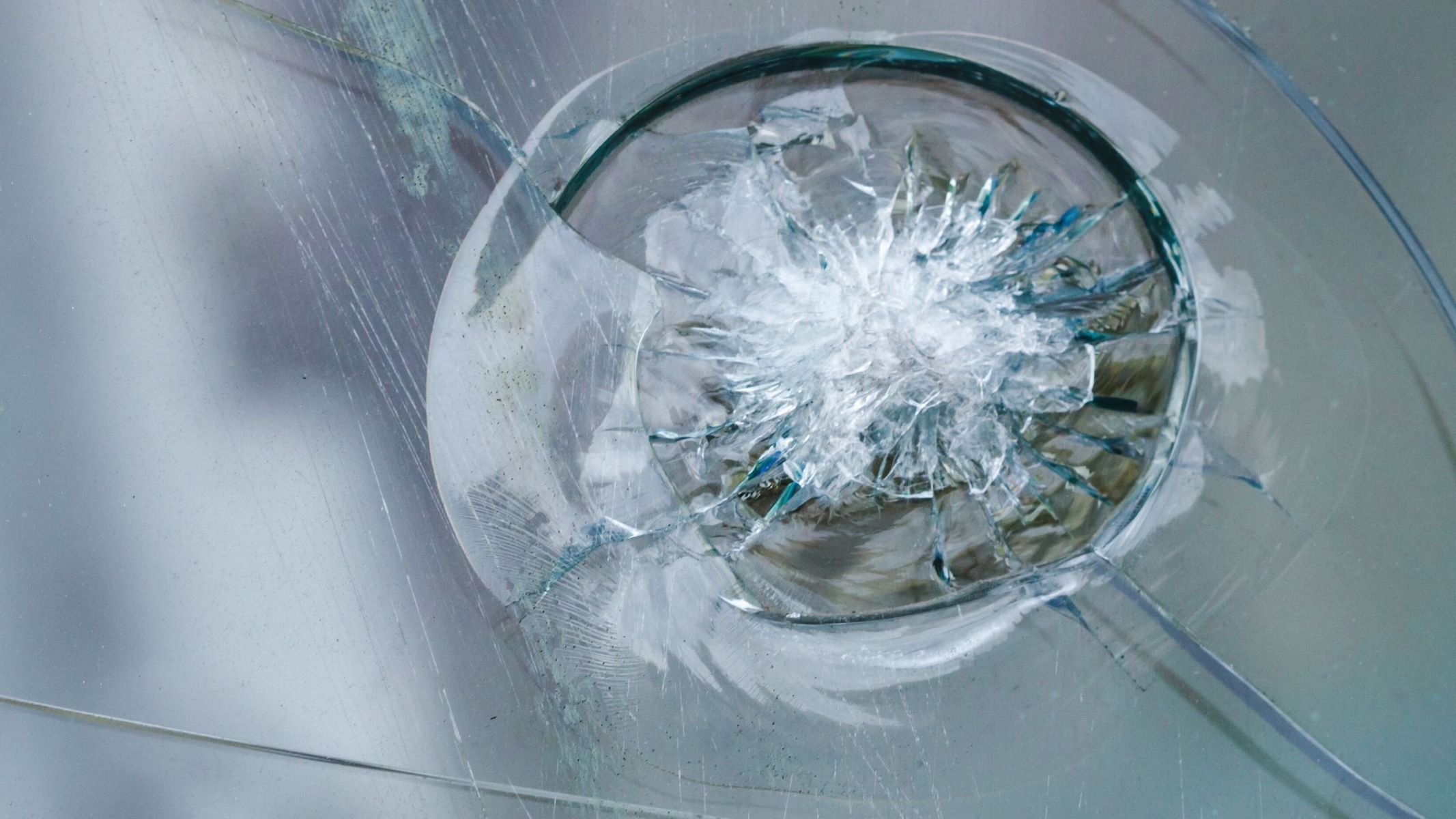

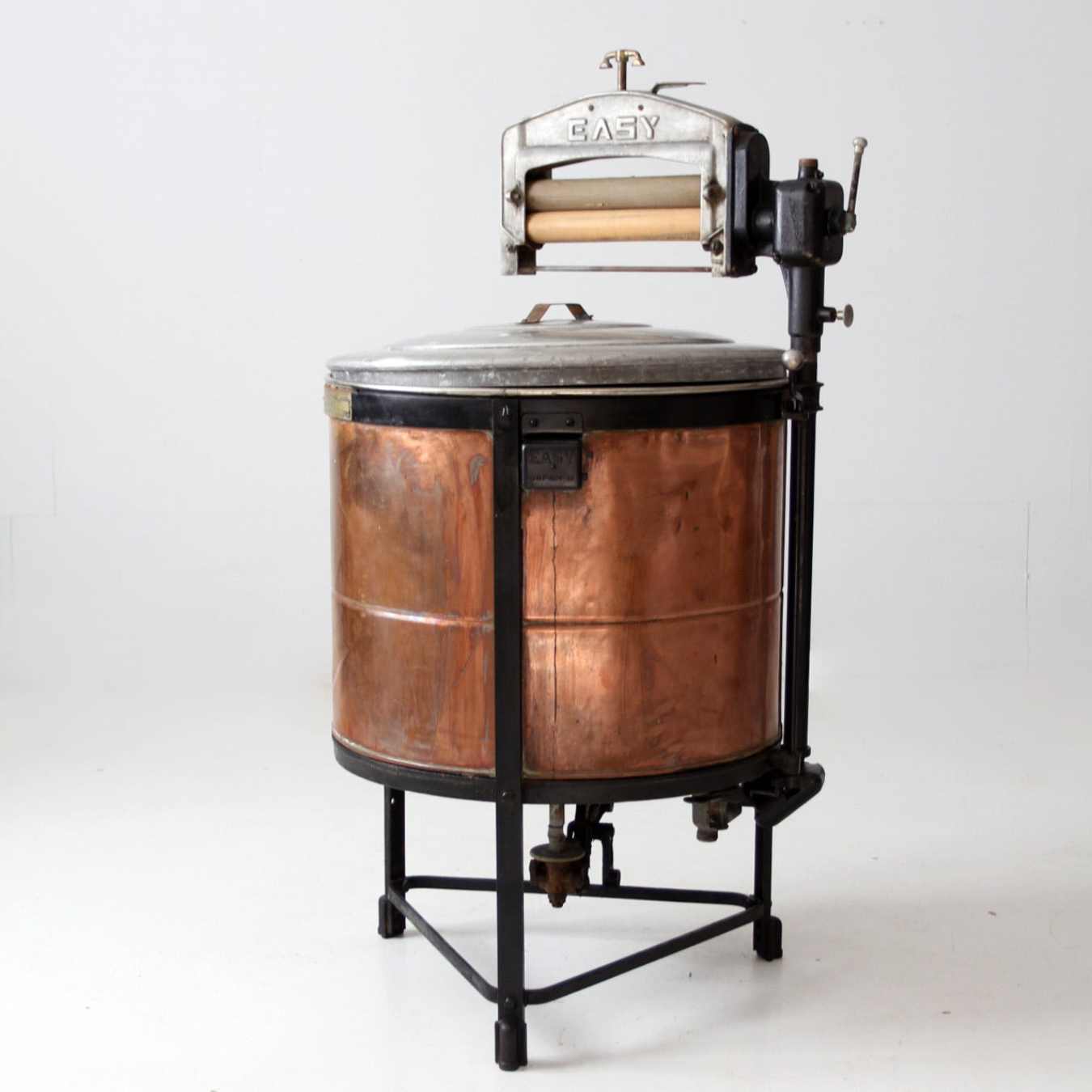
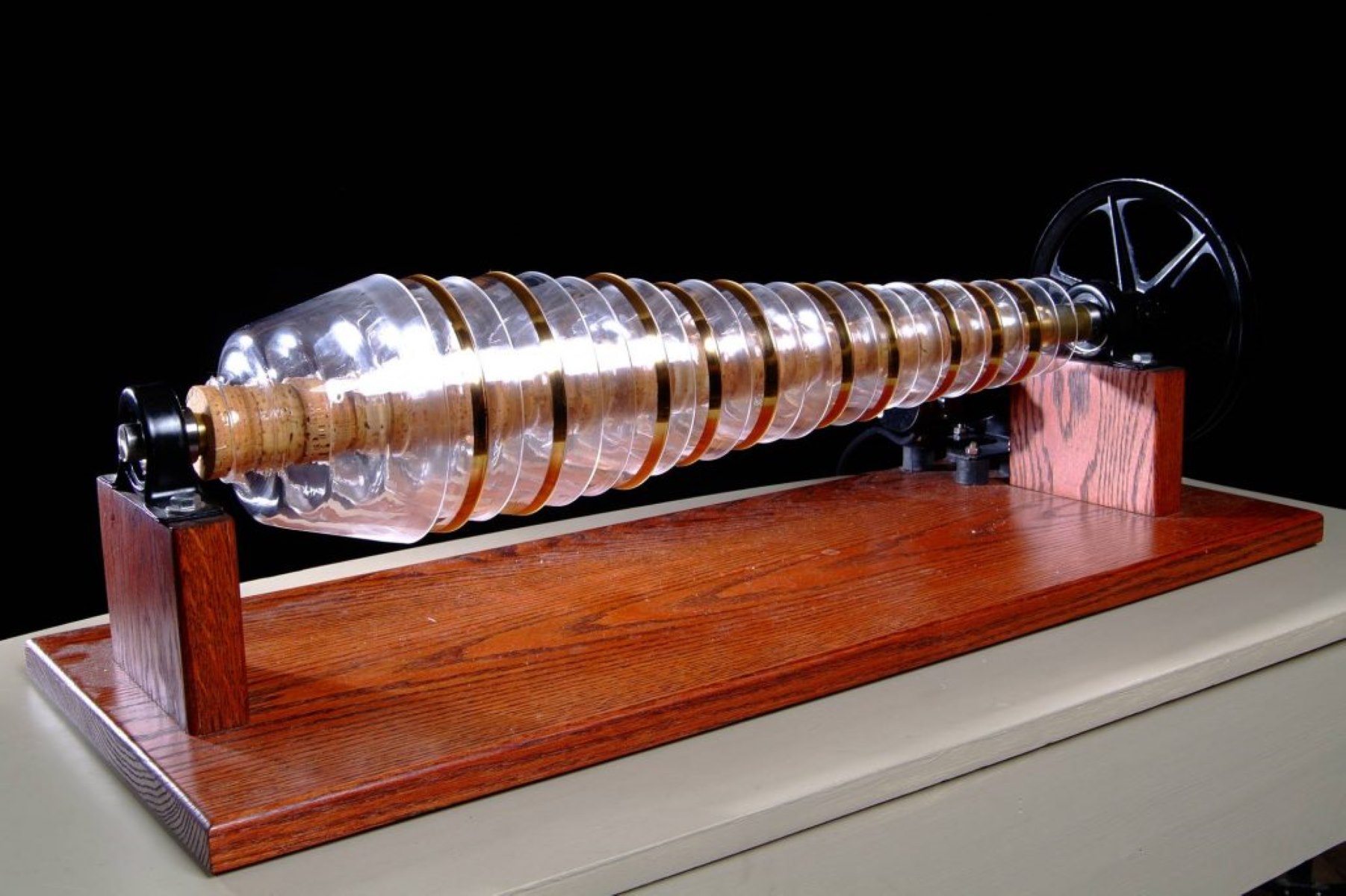
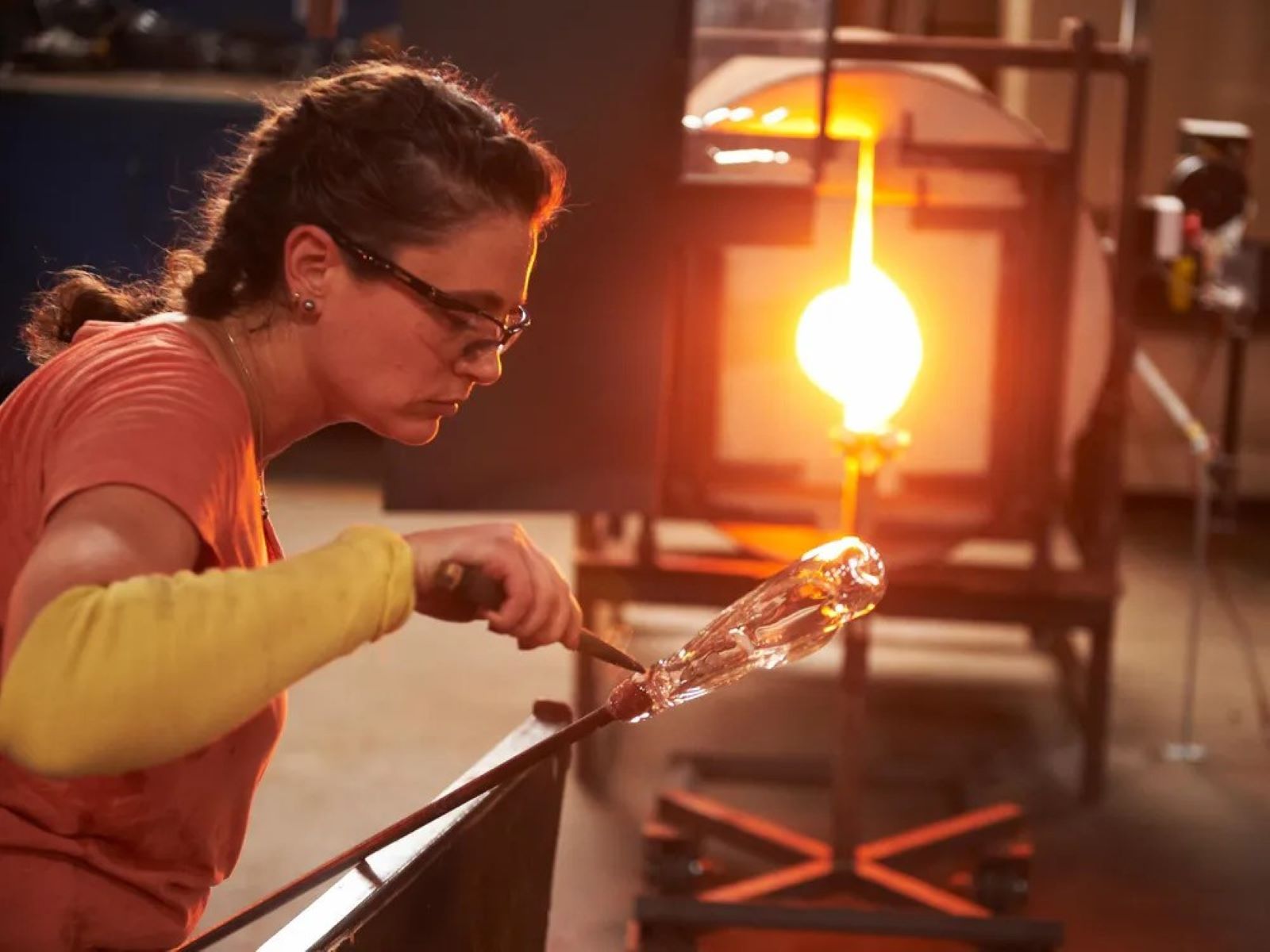

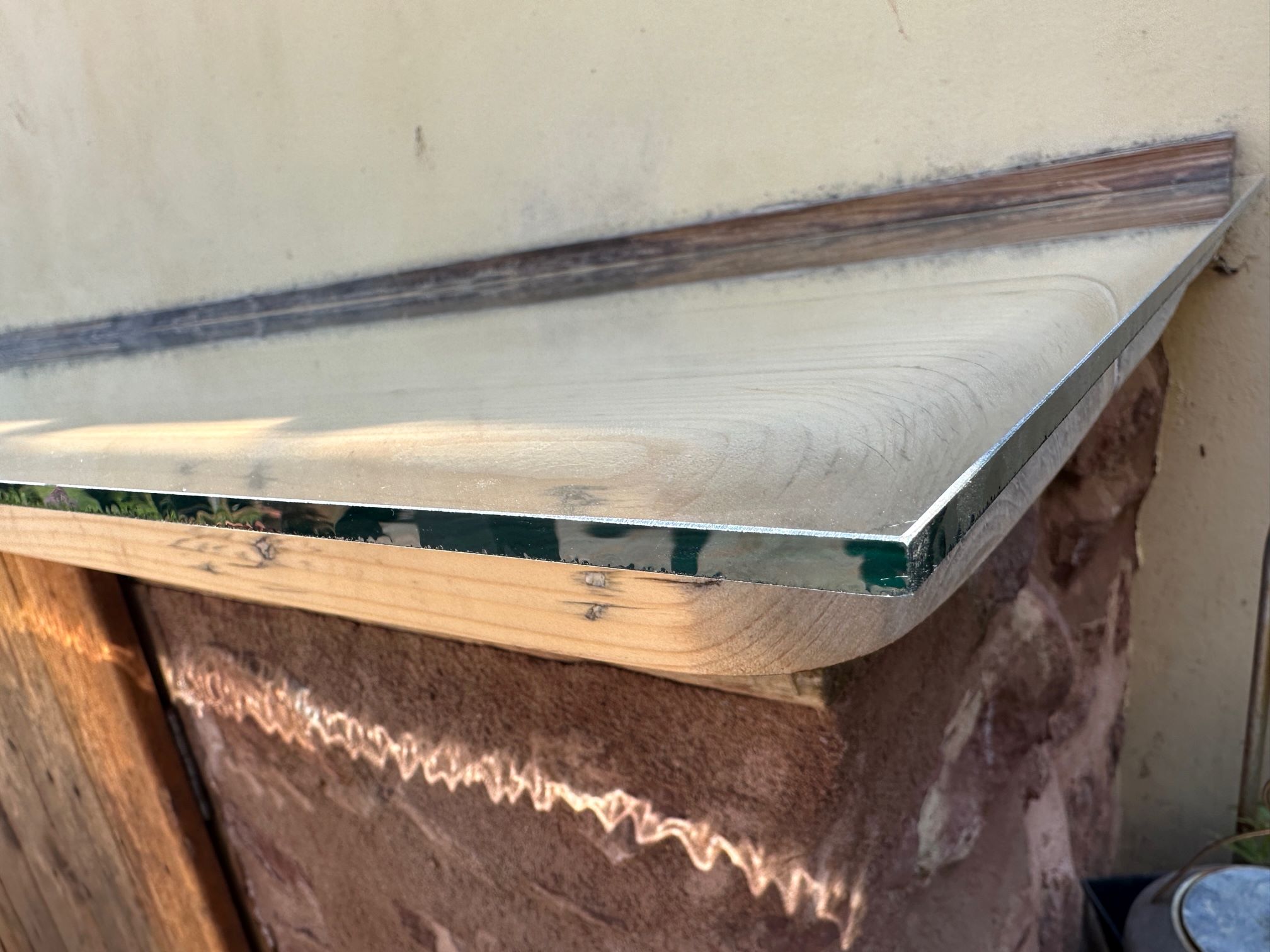

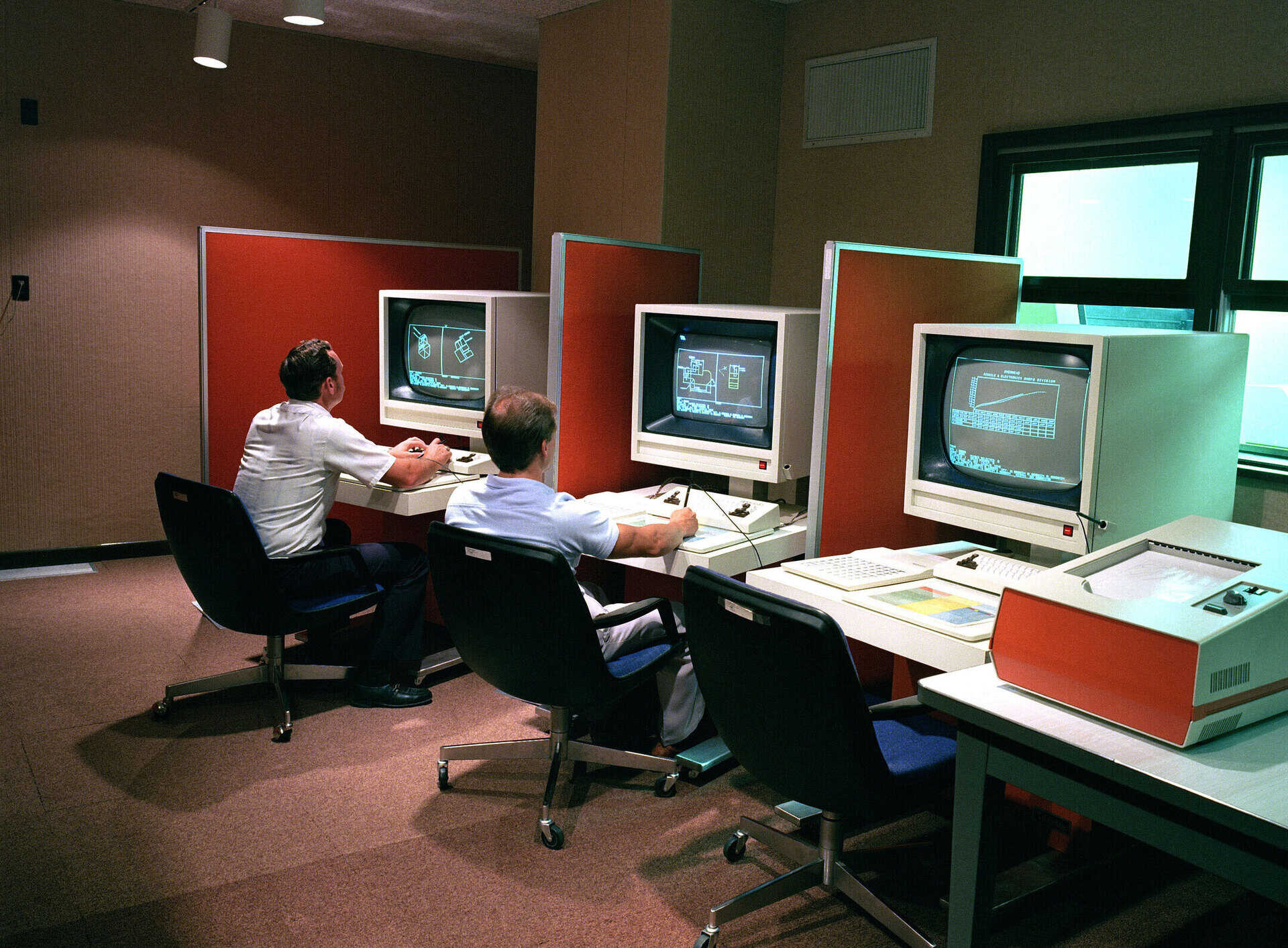
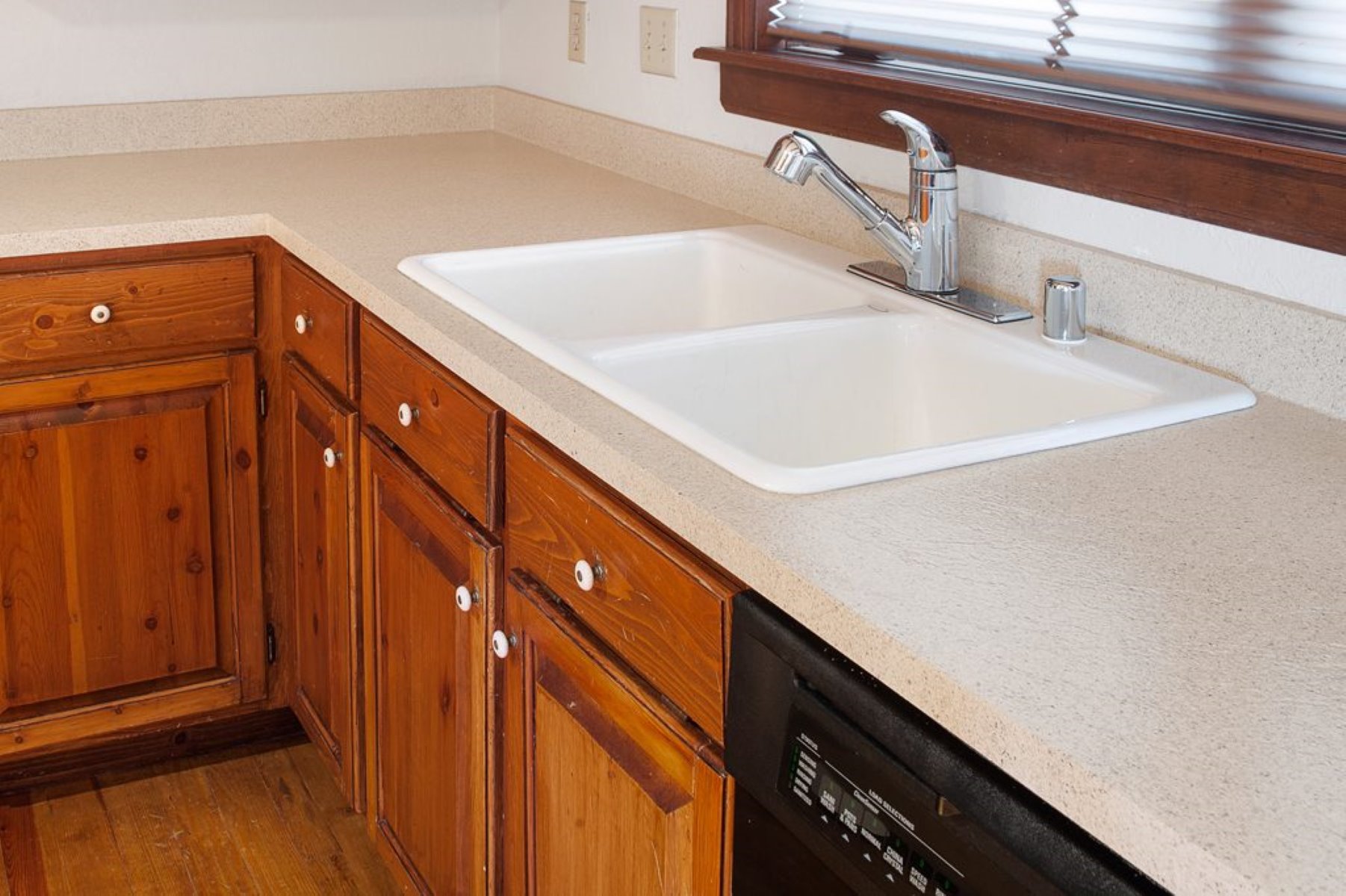
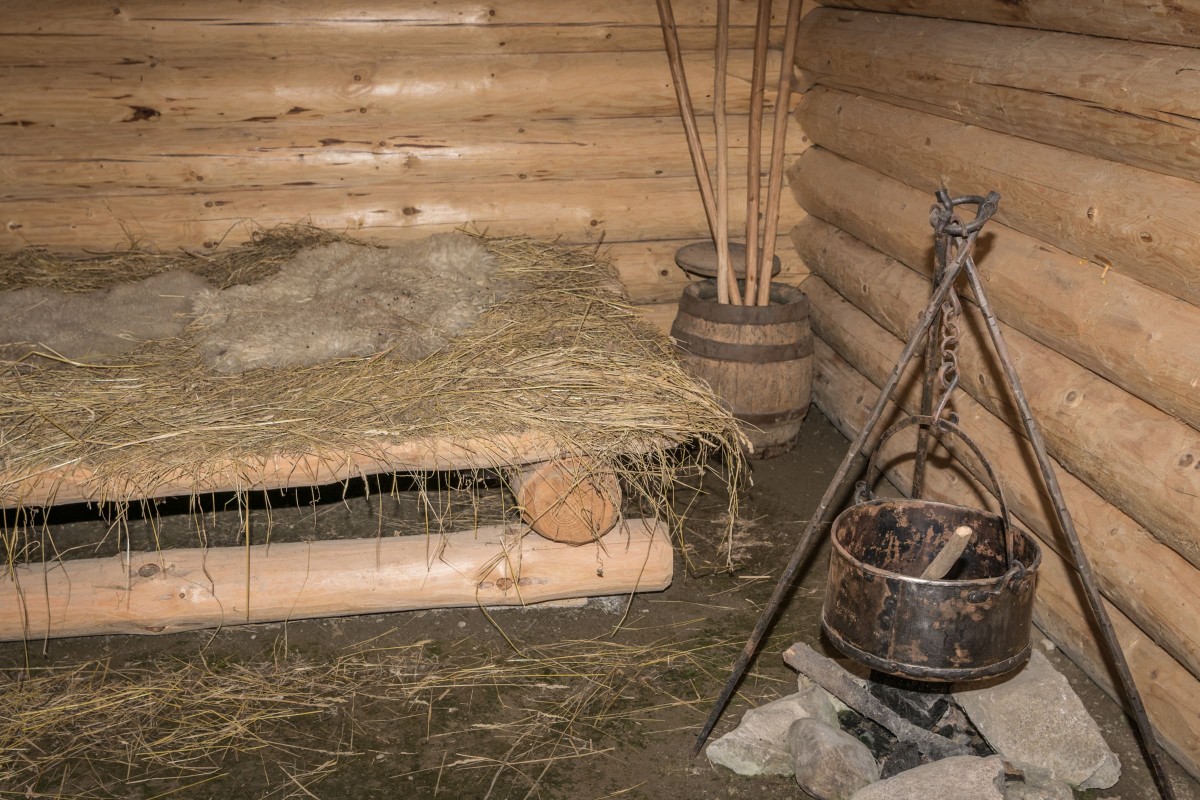
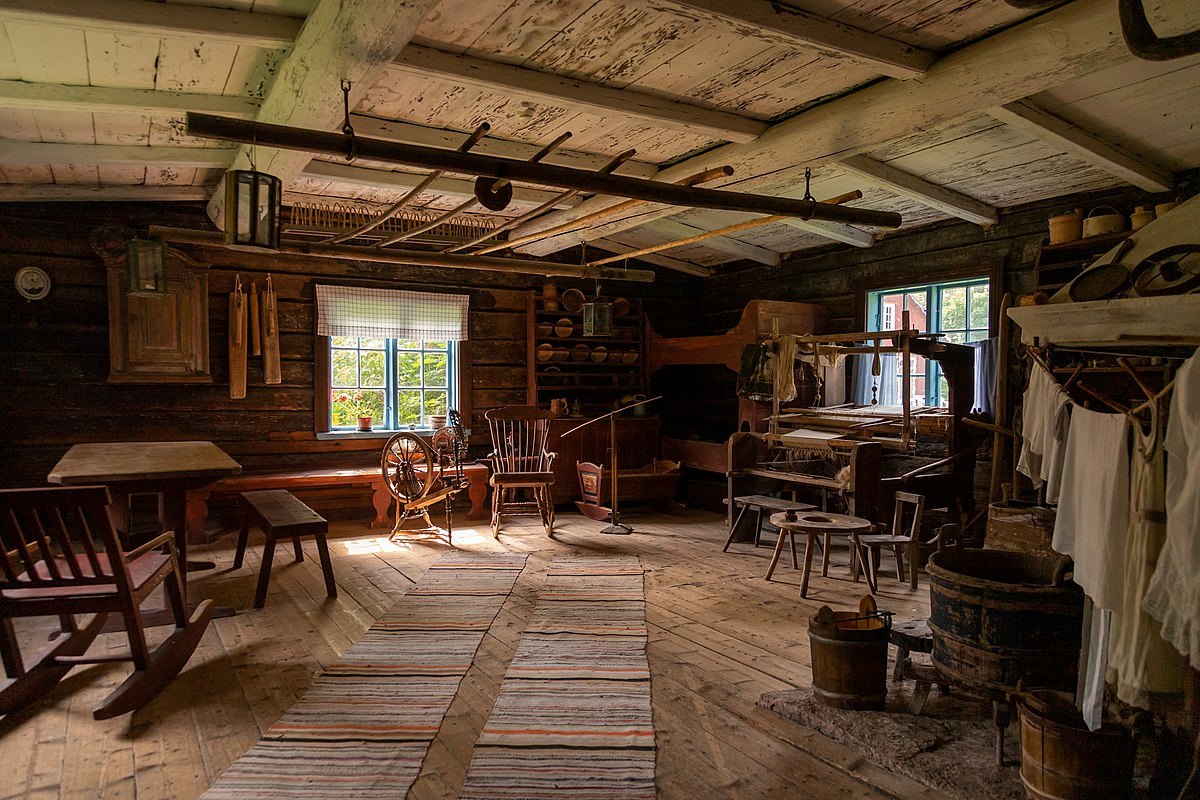


0 thoughts on “Who Invented The First Crude Microscope By Grinding Glass”